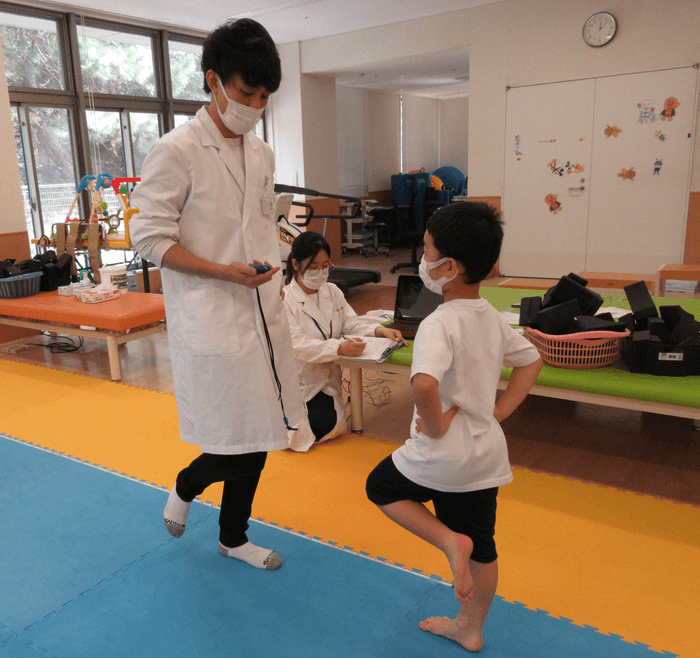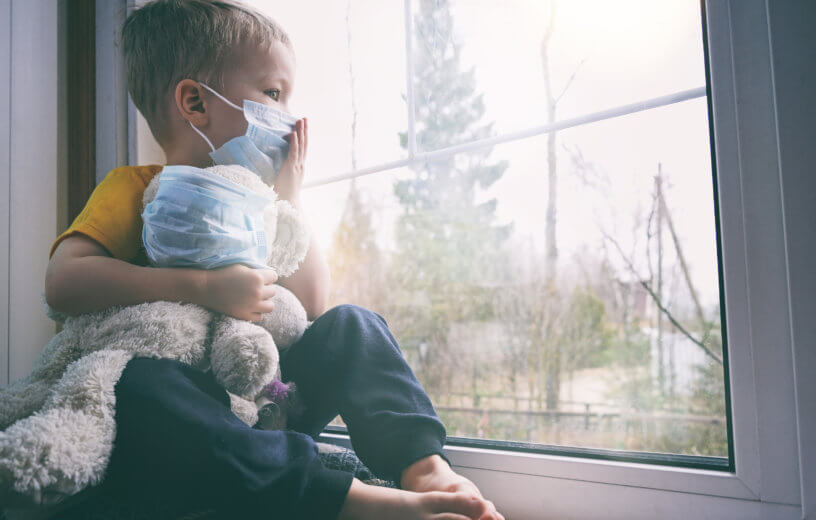NAGOYA, Japan — COVID-19 restrictions that kept children from competing in sporting events and other large gatherings appear to have done more harm than good. Researchers in Japan have found that adolescents who lived through pandemic-era shutdowns have seen their balance deteriorate and their body fat go up.
A team from Nagoya University says the drop-off isn’t the result of less physical activity during COVID quarantines, but the lack of quality exercise in 2020 and 2021. In Japan and many other countries around the globe, researchers note that governments and school officials tried to prevent the spread of COVID by cancelling club sports and limiting outdoor physical activity.
Along with experiencing deteriorating levels of dynamic balance, study authors found that children in Japan between nine and 15 years-old had more body fat and started participating in more unhealthy life habits regularly — such as watching television and sleeping less. Studies continue to show that more screen time, less exercise, and poor sleep routines lead to childhood obesity and other adolescent health problems.
Researcher Tadashi Ito and the team studied Japanese students in elementary and junior high schools, analyzing physical examination data before and during the pandemic. They evaluated each child’s muscle strength, dynamic balance functions, walking speed, body fat percentage, screen time, sleep time, quality of life, and physical activity time.

Children were still active during COVID
Interestingly, study authors found that children did not spend less time engaging in physical activity during COVID lockdowns. They also discovered that kids ate the same number of meals each day. With that in mind, the team believes the quality of children’s movements plays a major role in their ability to stay fit.
“Since the outbreak of the novel coronavirus in Japan after April 2020, children have not been able to engage in sufficient physical education, sports activities, and outdoor play at school. It became clear that balance ability during movement was easily affected, lifestyle habits were disrupted, and the percentage of body fat was likely to increase,” Ito explains in a media release. “This may have been because of shorter outdoor playtime and club activities, which impeded children’s ability to learn the motor skills necessary to balance during movement.”
“Limitations on children’s opportunities for physical activity because of the outbreak of the novel coronavirus have had a significant impact on the development of physical function and lifestyle and may cause physical deterioration and health problems in the future,” Ito warns. “Especially, the risk of injury to children may increase because of a reduced dynamic balance function.”
As the world moves past COVID-19 and accepts that the virus may become an annual annoyance like the flu, study authors believe it’s important for health officials to consider the repercussions of limiting social and physical activity for children. They add that, despite good intentions, the “medicine” may be worse than the “disease.”
“It is important for children to practice dynamic balance ability, maintaining balance to avoid falling over while performing movements,” Ito concludes. “To improve balance function in children, it is important to incorporate enhanced content, such as short-term exercise programs specifically designed to improve balance functions.”
The findings appear in the International Journal of Environmental Research and Public Health.

